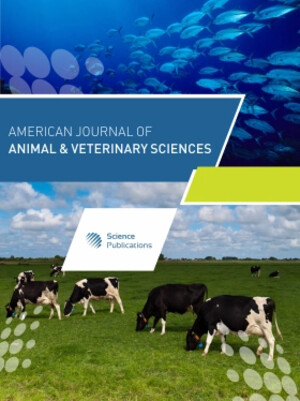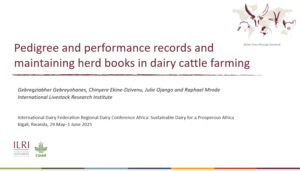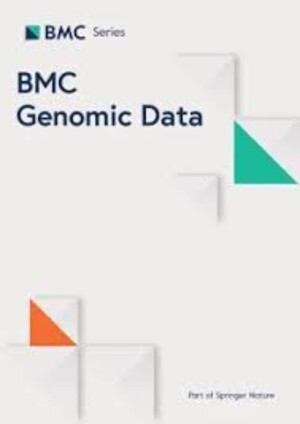
The potential for use of haematological and anti-IgE humoral responses as phenotypic markers for tick resistance in cattle
Abstract
Approximately 80% of the global cattle population is at risk of infestation and infection by ticks and tick-borne diseases (TTBDs). The economic losses from animal mortality, reduced production, vector control costs and animal treatment are very substantial, hence there is an urgent need to develop and deploy alternative vector control strategies. Breeding for host tick resistance has the potential for sustainable large-scale TTBD control especially in cattle. The gold standard method for phenotyping tick resistance in cattle is by counting ticks on the body but is very laborious and subjective. Better methods for phenotyping tick resistance more objectively, faster and at scale, are essential for selecting host genetic resistance to ticks. This study investigated the correlation between haematological cellular profiles and immunological responses (immunoglobulin E, IgE) and full body tick counts in herds of Bos indicus and Bos taurus following artificial tick challenge with Rhipicephalus decoloratus larvae. Fifty-four Friesian and Ayrshire (Bos taurus) and 52 East African Zebu (Bos indicus) calves were each infested with ∼2500 larvae. Near-replete adult female ticks (≥4.5 mm) were counted daily from day 20–25. Blood and serum samples were obtained from each animal on days 0 and 23 for cellular blood and IgE titre analysis, respectively. The indicine cattle were refractory to R. decoloratus infestation in comparison with the taurine breed (P < 0.0001). Repeated measurements of blood components pre-infestation revealed a significant (P < 0.05) association with tick count in IgE and red blood cells, heamatocrit, and haemoglobin post-infestation. There was also a strong positive correlation between the tick counts and red blood cell numbers, haemoglobin, haematocrit, and IgE concentration (P < 0.0001) following tick challenge. The application of this approach to phenotype host resistance needs to be assessed using higher cattle numbers and with different tick species or genera.
Citation
Ngetich, C., Kamau, L., Simbauni, J., Mwendia, C., Owido, M., Kioo, I., Matika, O., Foster, S., Birkett, M., Djikeng, A., Watson, K.A. and Githaka, N. 2024. The potential for use of haematological and anti-IgE humoral responses as phenotypic markers for tick resistance in cattle. Current <i>Research in Parasitology & Vector-Borne Diseases</i> 5: 100159.










